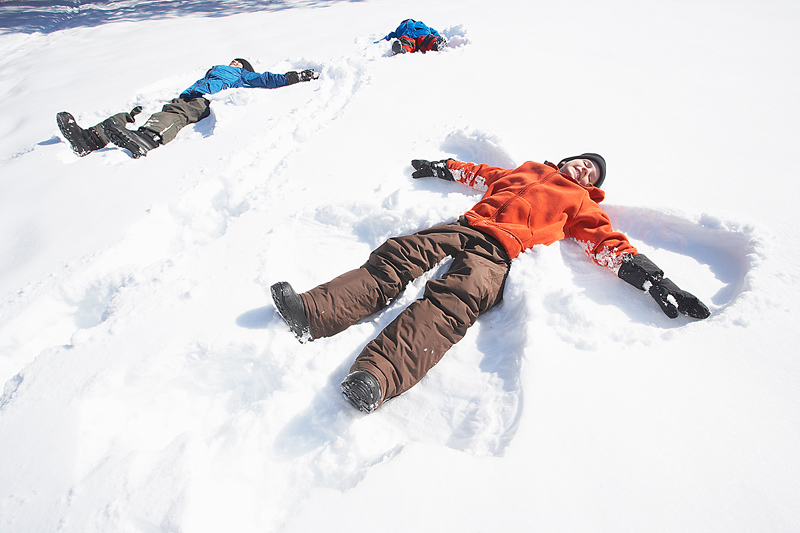THURSDAY, Nov. 17 (HealthDay News) —
Learning how to describe the size and shape of objects at a young age helps children develop their spatial skills, researchers say.
Their study of 52 preschool children found that those who heard their parents use spatial terms and then used those words themselves had higher scores on spatial skills tests.
In the study, researchers counted the number of times children and their caregivers (mostly mothers) used words that were related to the size and shape of objects, such as “circle,” “tall,” “wide,” “bent” or “edge” during several 90 minute sessions, each four months apart.
On average, parents used 167 words related to spatial concepts during 13.5 hours of recorded time, though the range was from five to 525 such words. Kids averaged 74 words related to spatial concepts, but the range was four to 191.
Then, when they were 4.5 years old, children were tested on their spatial skills, such as their ability to mentally rotate objects.
Children who’d heard and used more spatial terms did better on the tests.
For every 45-word increase in kids’ use of spatial terms, scores on spatial tests were 23 percent higher, according to the University of Chicago researchers.
They said this is the first study to show that learning to use a wide range of spatial words affects children’s spatial skills, which are important in mathematics, science and technology.
“Our results suggest that children’s talk about space early in development is a significant predictor of their later spatial thinking,” study co-author and psychology professor Susan Levine said in a university news release.
The study appears in the November issue of the journal Developmental Science.
The findings provide additional evidence for the importance of exposing young children to words related to mathematical concepts, Levine said. In an earlier study, she and her colleagues found that talking about mathematics with young children greatly improved their math abilities.
More information
Canada’s Ontario Ministry of Education offers a parent’s guide for teaching math to children.

